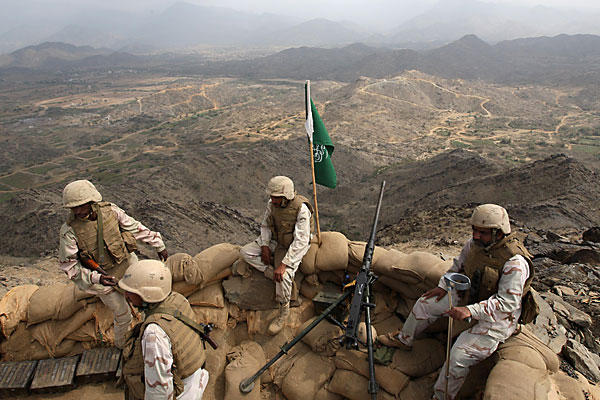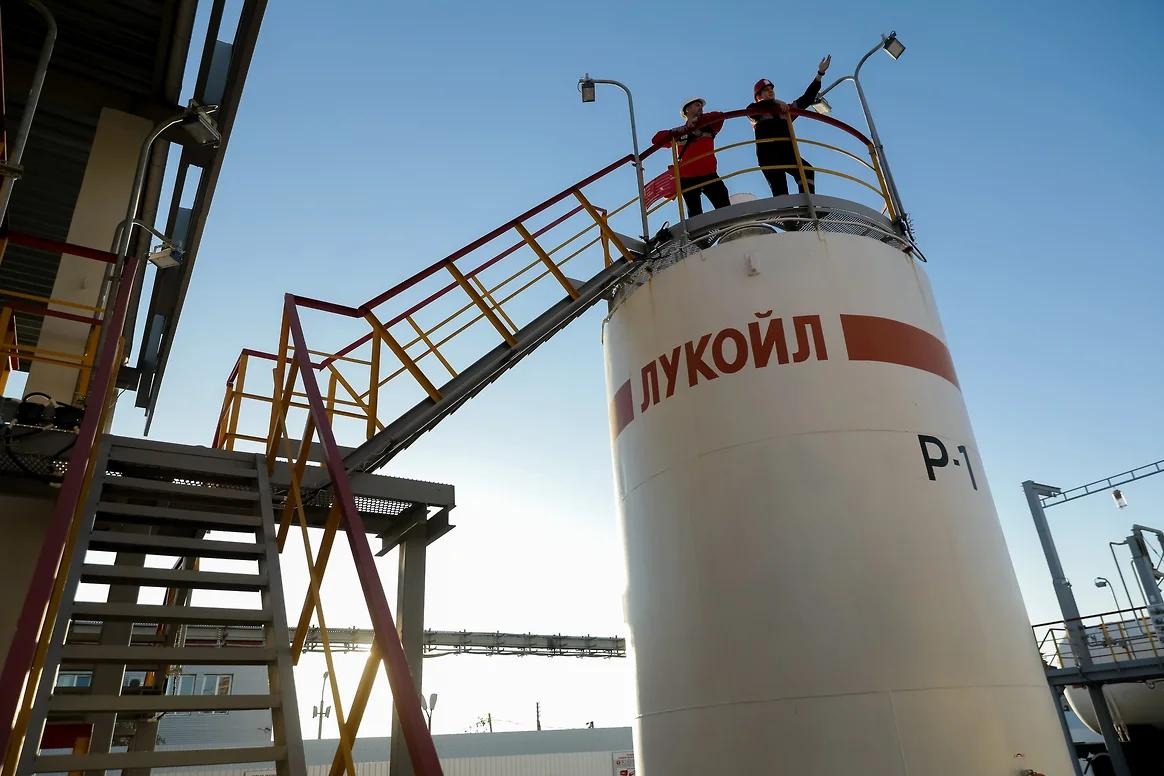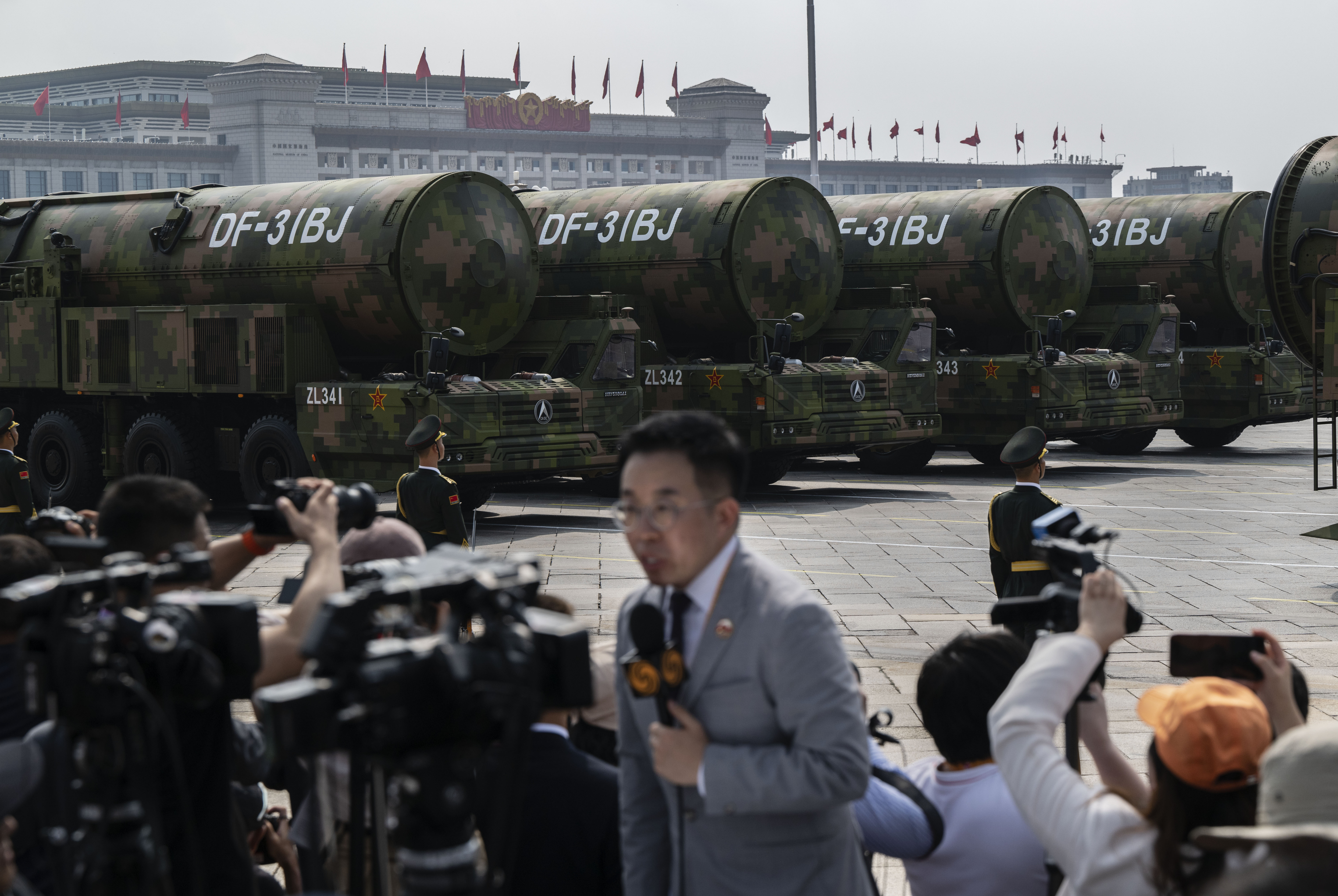
Saudi Military Operations along the Yemen Border Repel Houthist Incursion
Saudi Military Operations along the Yemen Border Repel Houthist Incursion
After a two-month Saudi military offensive along the Saudi Arabia-Yemen border, the Houthist rebels of northern Yemen appear ready to abandon their brief occupation of small areas of Saudi Arabia’s Jizan province. In an audiotape message, the leader of Yemen’s Zaydi Shiite rebels, Abdul-Malik al-Houthi, offered a ceasefire and a withdrawal from Saudi territory. However, al-Houthi warned of consequences if his offer was ignored. “If [Saudi Arabia] insists on continuing its aggression after this initiative, this gives us the legitimacy to open new fronts and to wage an open war” (al-Jazeera, January 25).
Saudi Deputy Defense Minister Prince Khalid bin Sultan bin Abdul Aziz rejected the offer, however, suggesting the Houthists could not be trusted. “We must remember history when it comes to Abdul-Malik al-Houthi and his people. They have gone to war with the Yemeni government on five occasions. They have also signed five agreements with the Yemeni Authorities. However, they broke those agreements after a year or two” (BBC, January 27). The Prince rejected the Houthist claim of a complete withdrawal, insisting the rebel fighters had been driven out of their positions by Saudi forces (al-Alam, January 26; BBC, January 27). Earlier this month Prince Khalid turned down a Houthist offer to withdraw on the condition that Saudis stop supporting the Sana’a government, saying, “We should not talk to infiltrators and subversives… Our talks must be with the Yemeni government” (Yemen Post, January 13).
Though Sana’a believes Iran is the main supporter of the six-year Houthist rebellion, Riyadh has been reluctant to join the Arab world’s general condemnation of Iran as the secret hand behind the Houthist revolt. Though the claim is popular, little has been offered in the way of proof. The Saudis instead make an even more surprising claim: the Houthists are in league with al-Qaeda. According to Prince Khalid, “We have noticed it on the battlefield, but it is proven by various bodies that there are contacts and coordination between them, and that they have a common interest, which is sabotage” (Saudi Press Agency, January 23). Yemen’s national security chief Ali Muhammad al-Ansi has similarly claimed the Zaydi Shi’a are working with the virulently anti-Shi’a al-Qaeda organization, while simultaneously claiming the Houthists are supported “financially, politically and through the media” by Iran (Asharq al-Awsat, December 13; Yemen Post, December 15). Yemen’s counterterrorism chief General Yahya Salih has also stated “there is no doubt” Iran is supporting the Houthist rebellion (al-Jazeera, November 16, 2009).Yemen’s controversial Islamist leader Shaykh Abd al-Majid al-Zindani insists that Iran is trying to “export the Shi’a ideology by force” (al-Jazeera, October 5, 2009).
Houthist rebels crossed the border into southwest Saudi Arabia in November in retaliation for what they claimed was Saudi support of Yemeni military operations against the Houthists. Fighting began after the insurgents killed two Saudi border guards and occupied several villages along the Saudi side of the border. Though Saudi military officials said their orders were not to cross the border with Yemen, the Saudis admitted their intention of establishing a ten kilometer deep buffer zone inside Yemen (Reuters, November 12).
Most of the fighting took place in the mountainous border region of Jizan, Saudi Arabia’s smallest province. Fighting was especially heavy around Jabal Dukhan, where the conflict started. Saudi forces battled the army of Yemen’s Imam Yahya in the same region in 1934. The terrain is well-designed for defensive warfare and the Saudis made several premature claims of victory before finally clearing the Houthists from their positions. Fighting was bitter, with 133 Saudi soldiers killed according to southern region commander General Ali Zaid al-Khawaji (al-Riyadh, January 21). Houthist losses are unknown, but are likely to have been significant in light of the Saudis’ superior firepower. According to Prince Khalid, Saudi mountain troops have learned important lessons during the intense fighting (Saudi Press Agency, January 23). The Prince added that the slow pace of the Saudi offensive was deliberate. “Time is with us. There is no need to hurry. We could have controlled all the areas in a month, or two weeks, but we opted not to rush in order to preserve [civilian] souls” (Arab News, January 24).
Soon after hostilities began in November, the Saudi Royal Navy’s French-built frigates imposed a blockade of Red Sea ports to prevent supplies from reaching the Houthists. The frigates belong to the Saudi navy’s Western Fleet, operating out of Jeddah. Houthist forces made a desperate attempt to seize the Red Sea port of Maydi on Yemen’s north coast in November, but were repelled by the Yemeni army (Asharq al-Awsat, November 22, 2009). The Saudi frigates fired on two boats they suspected of smuggling arms to the Houthists in December. After a chase with helicopters, the crews of both boats were reported to have been killed in massive explosions caused by the arms and ammunition they were carrying (Arab News, December 10). Shortly before the Houthist incursion into Saudi Arabia, ships of Yemen’s navy announced the seizure of an Iranian ship (the Mahan-1) carrying anti-tank weapons to a port in northwest Yemen for distribution to Houthist rebels (al-Arabiya, October 26). Iran denied any official involvement (Fars News Agency, October 28).
The Houthists’ main weapons are small arms and landmines. They have a small number of military vehicles captured from government forces, though many of these appear to have been destroyed in the fighting with the Saudis. When a single Katysusha rocket was fired at a Saudi military base, the movement felt the action worthy of an announcement (Al-Arabiya, November 16, 2009). On the other side, Saudi artillery joined ground attack planes of the Royal Saudi Air Force in targeting Houthist positions and vehicles continuously throughout the conflict. In early December, Saudi frontline forces received new Swiss-built Piranha III wheeled armored vehicles and U.S.-built Bradley infantry fighting vehicles (Arab News, December 10, 2009). Saudi paratroopers have played a leading role in the fighting since it began last November, though they have not participated in any airborne operations (Saudi Gazette, January 25, 2010).
The Houthists claimed Saudi warplanes dropped phosphorus bombs in night raids on villages as far as seven kilometers inside the Yemen side of the border, though Saudi authorities claimed what the rebels saw was merely flares (Hamsayeh.net, January 24; AFP, November 9, 2009; BBC, November 5, 2009). The rebels have also accused government forces of using phosphorus shells, though Sana’a says it does not have any such weapons in its arsenal (Gulfnews, November 9, 2009). Earlier this month the Houthists claimed to have shot down a Saudi AH-64 Apache attack helicopter near the Saudi border town of al-Khouba, though this was denied by Saudi authorities (Yemen Post, January 16; Press TV [Tehran], January 16).
Iranian president Mahmoud Ahmadinejad recently condemned the Saudi role in Yemen, saying, “Saudi Arabia was expected to mediate in Yemen’s internal conflict as an older brother and restore peace to the Muslim states, rather than launching military strikes and pounding bombs on Muslim civilians in the north of Yemen” (Press TV [Tehran], January 16). Saudi Foreign Minister Prince Sa’ud al-Faisal rejected Ahmadinejad’s criticism and alleged Iran was responsible for the unrest in Yemen (Sana, January 14).
Though the Houthist rebels displayed tenacity and resilience in resisting over two months of attacks by Saudi Arabia’s professional army and air force, the movement is incapable of resisting intensified attacks by Yemeni government forces engaged in “Operation Scorched Earth” while fighting off the Saudis in their rear.


